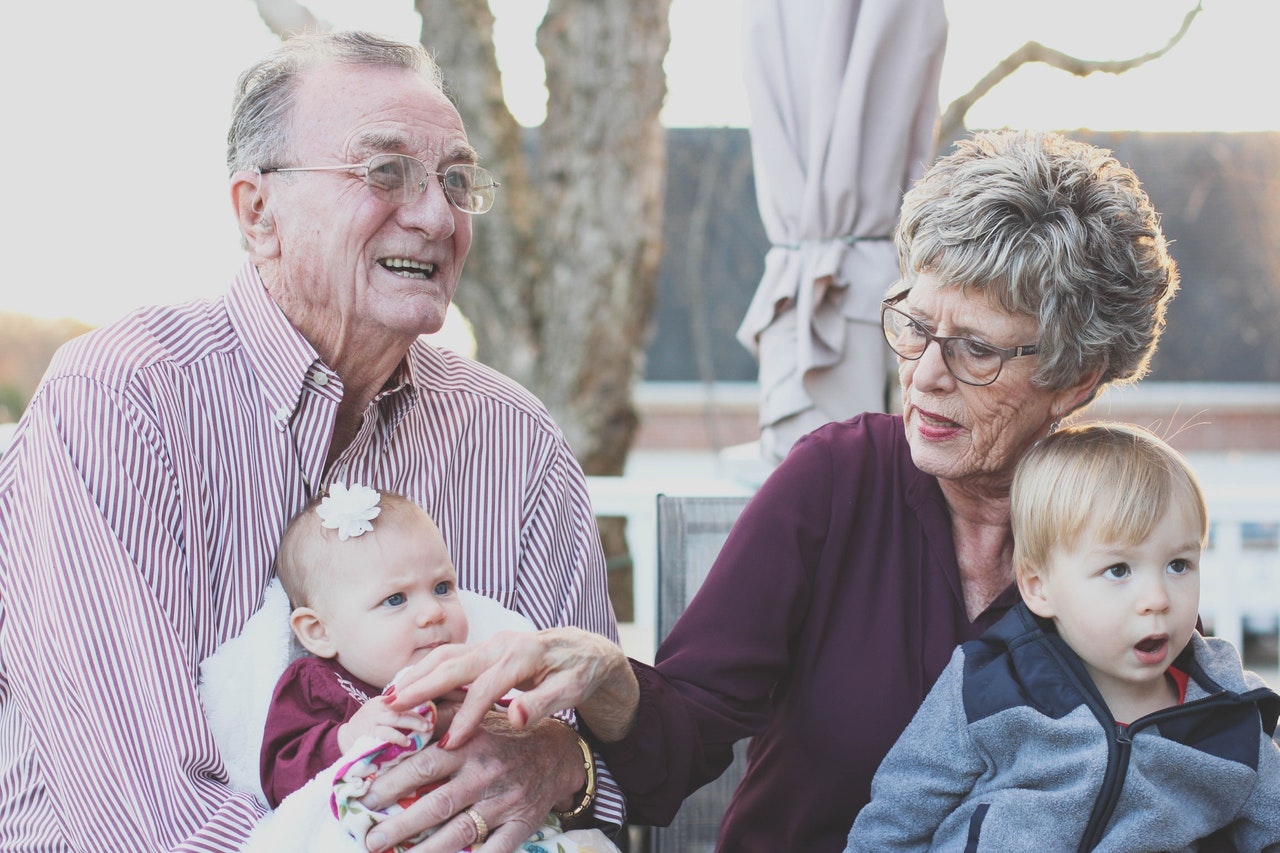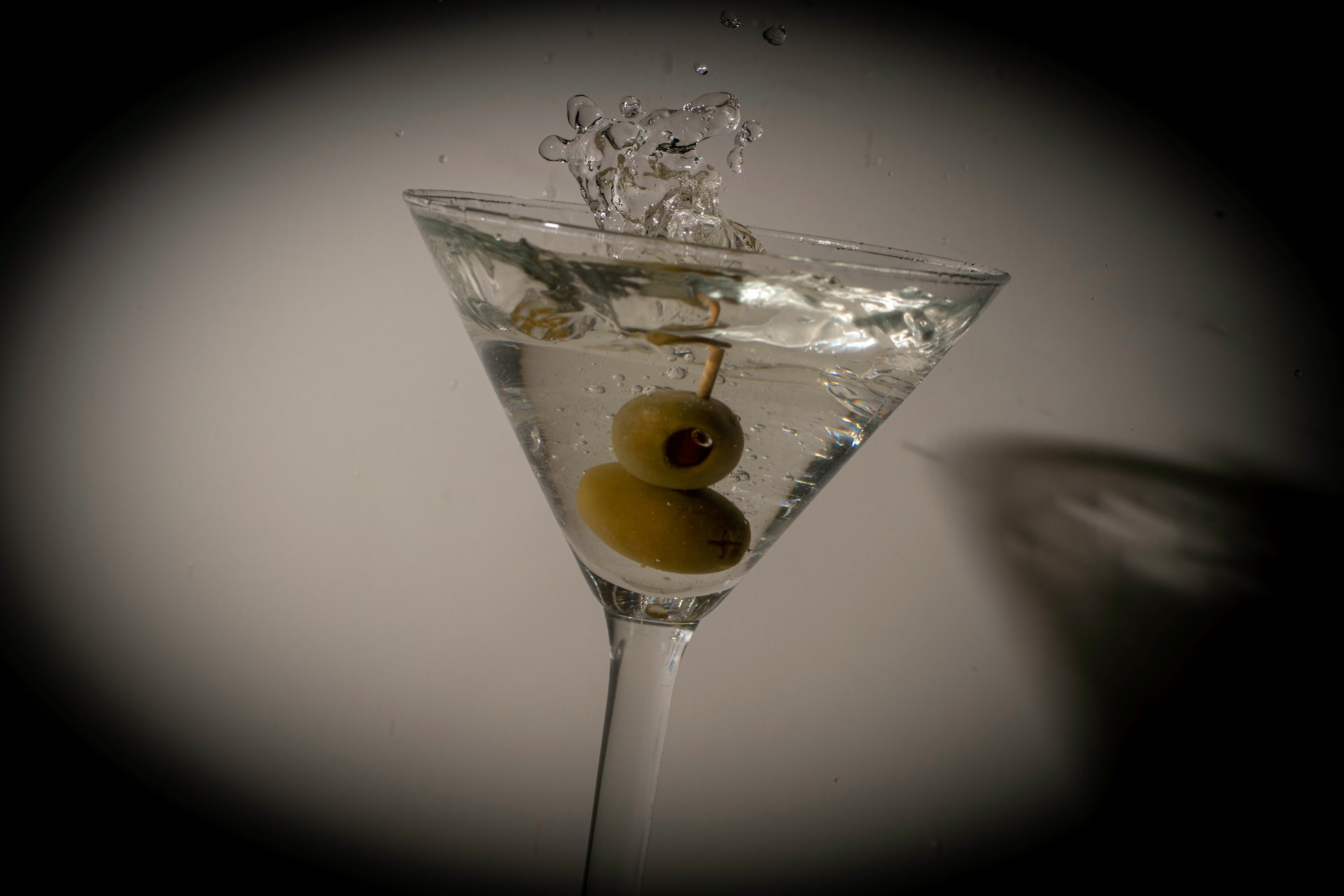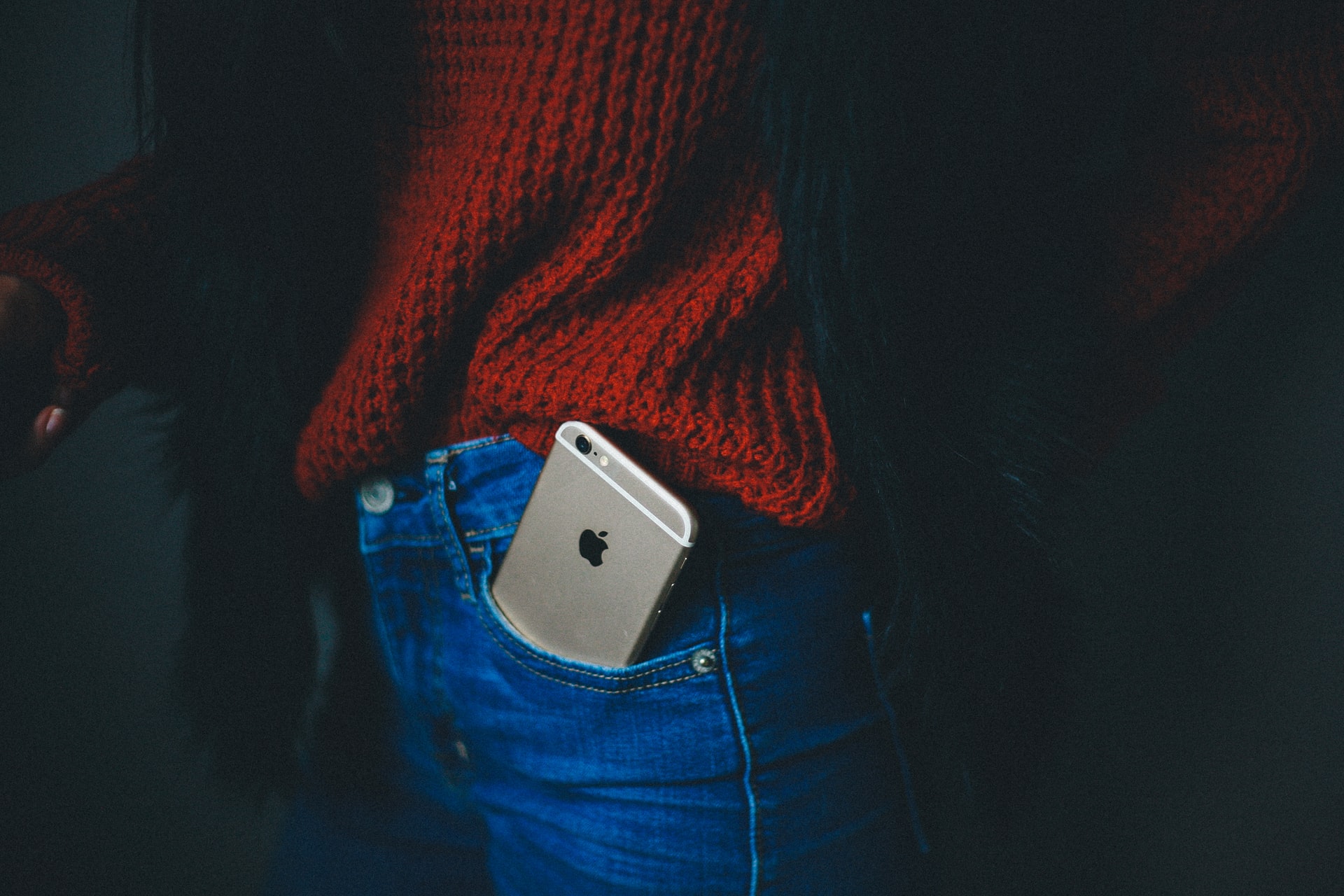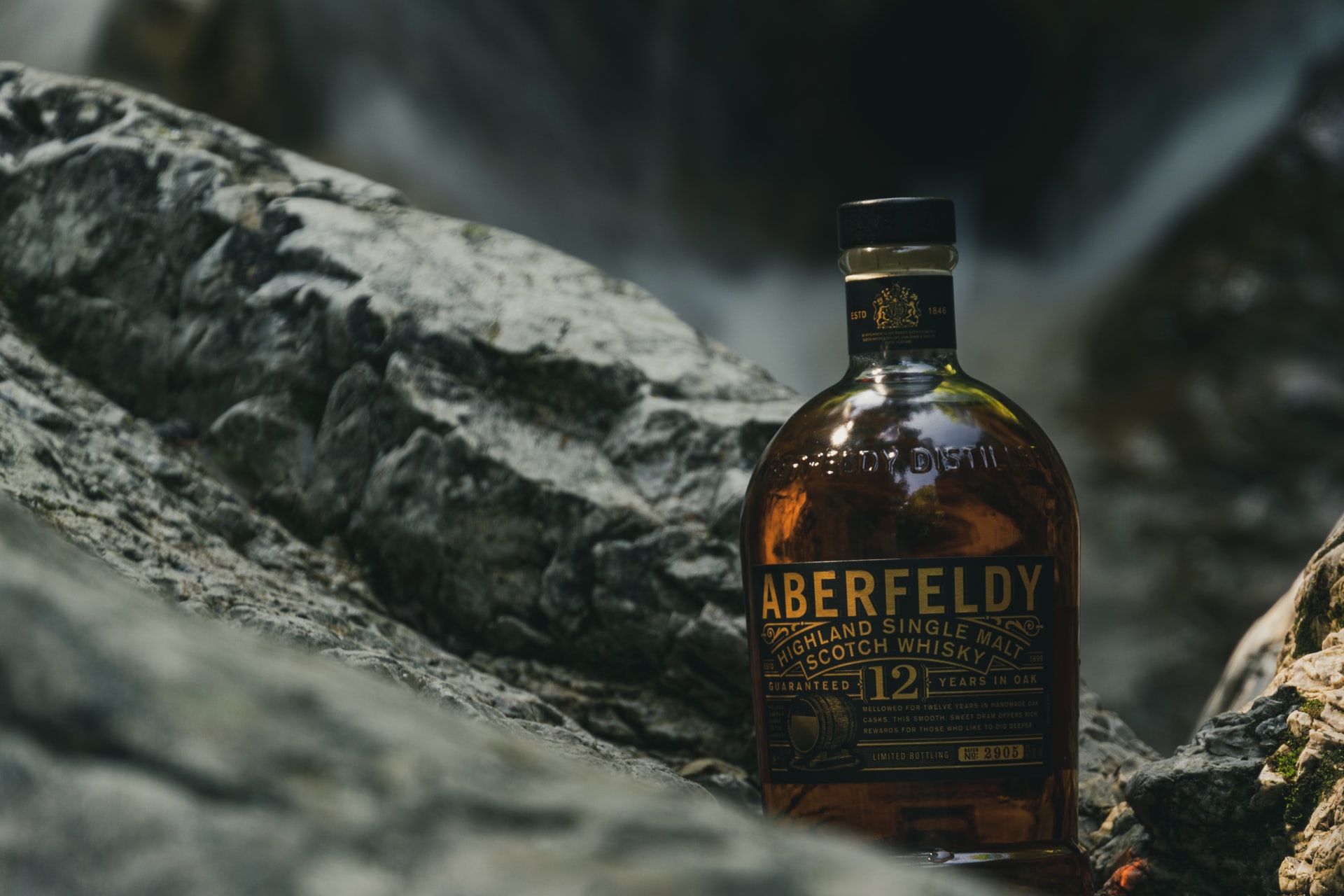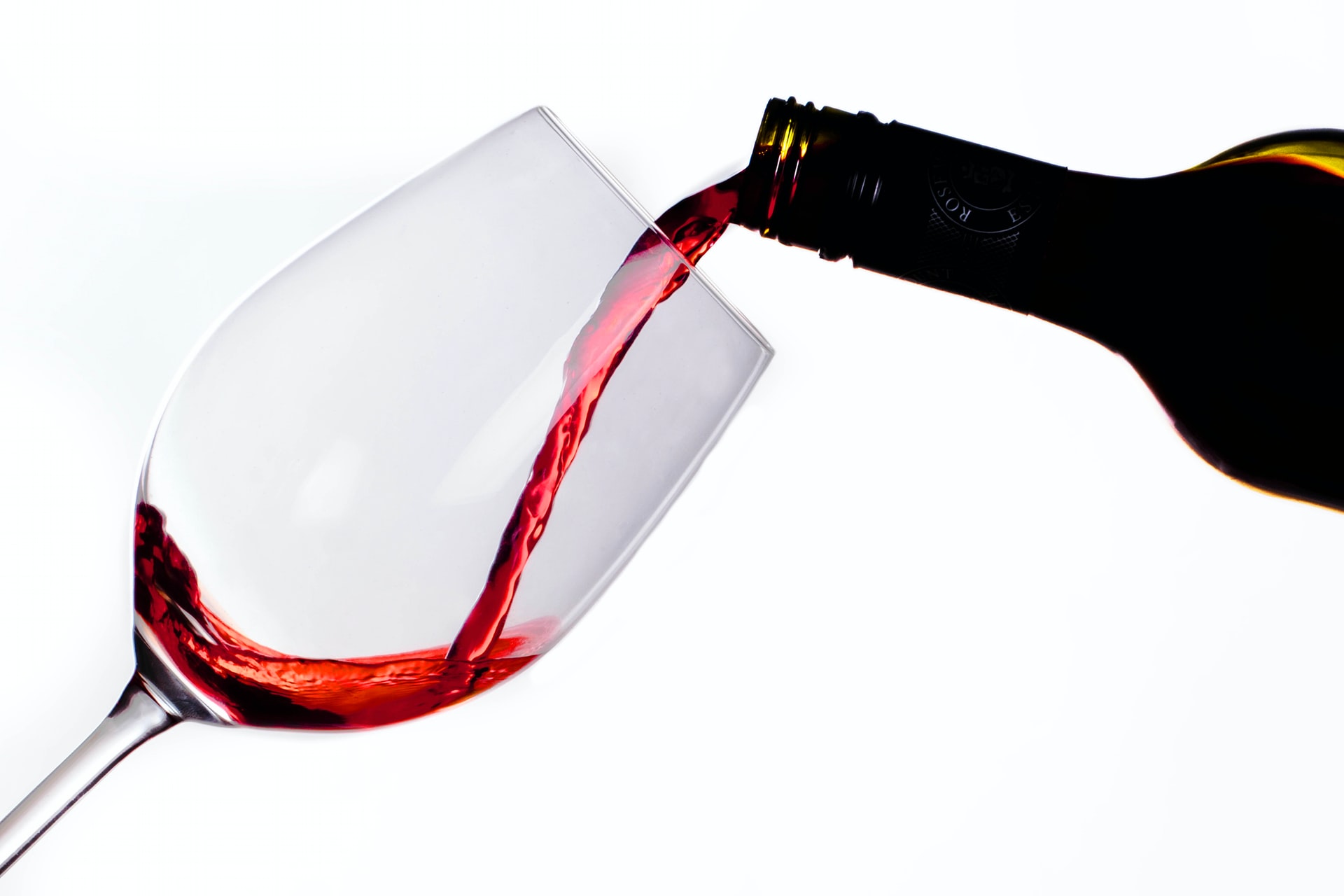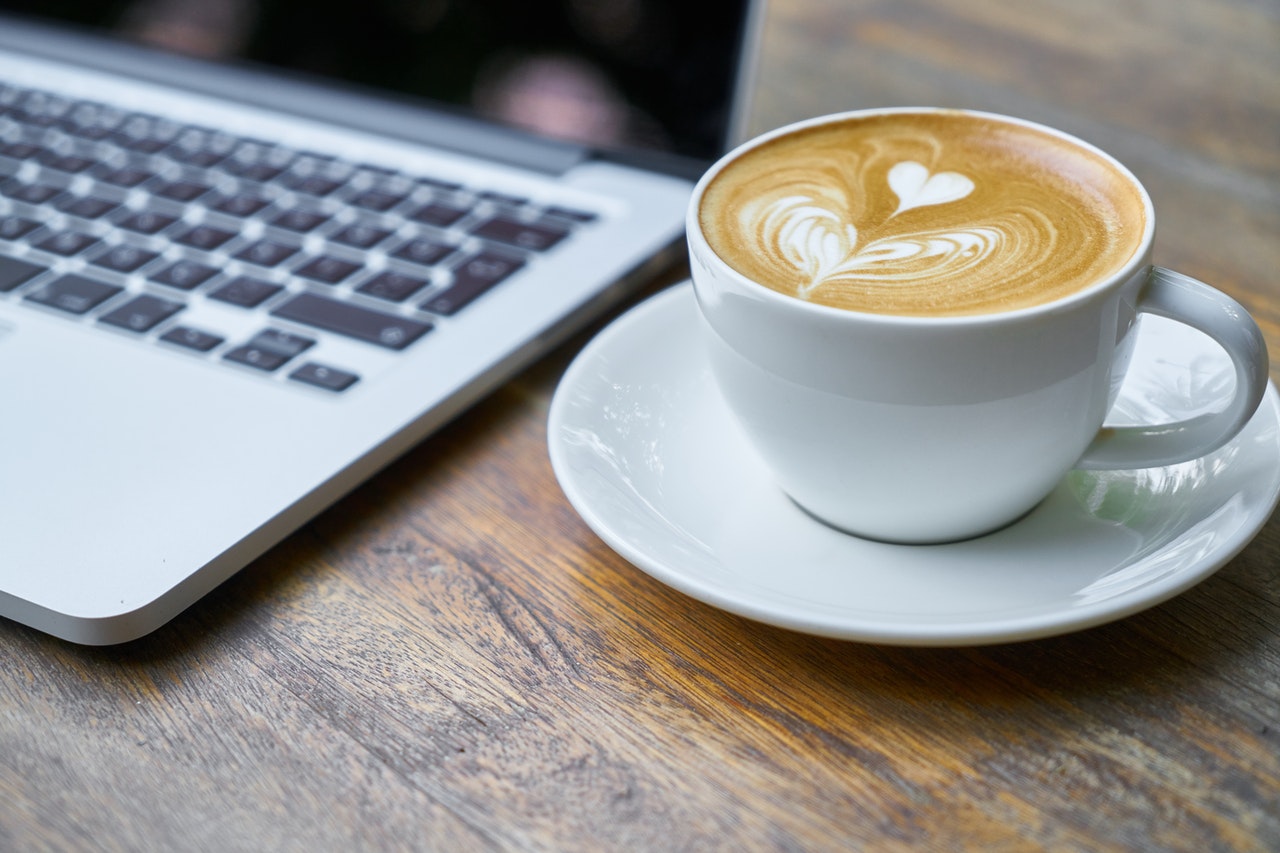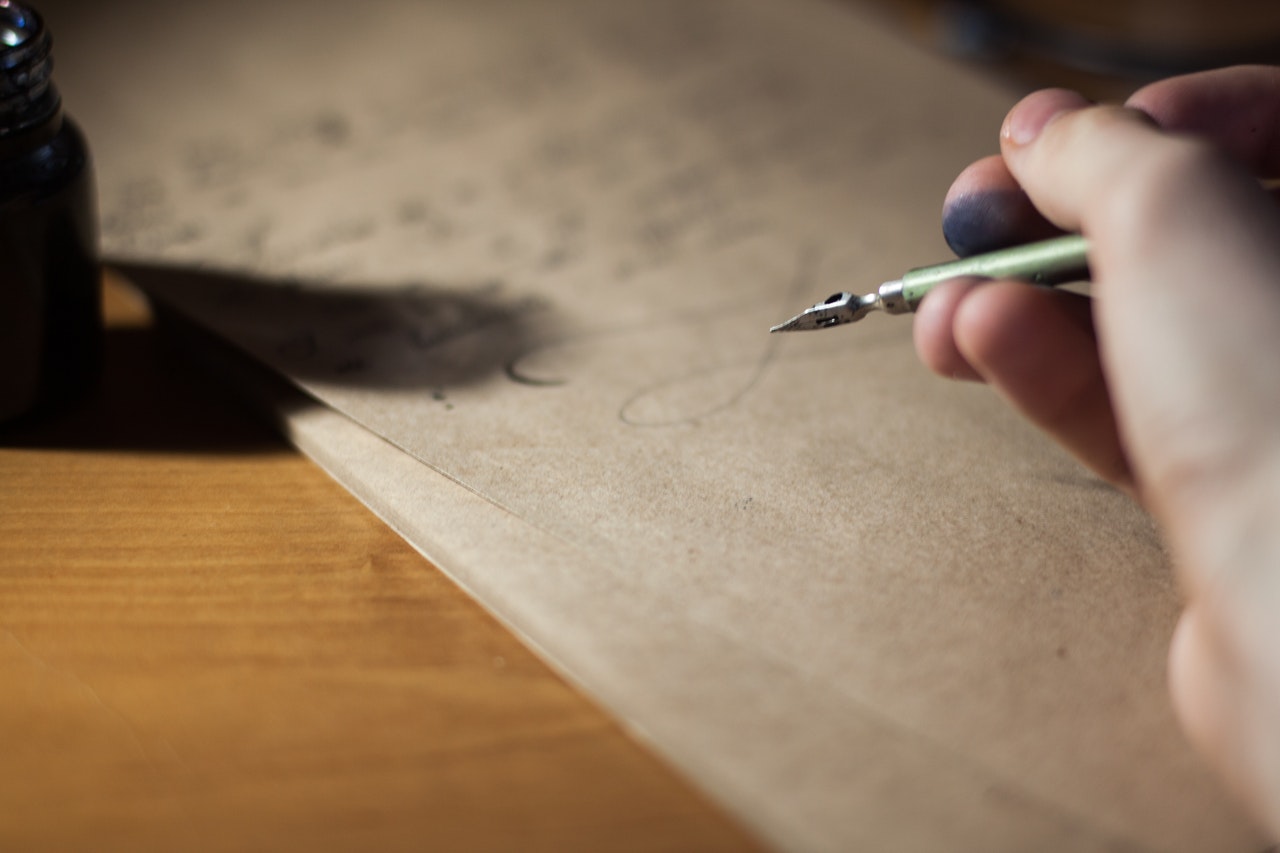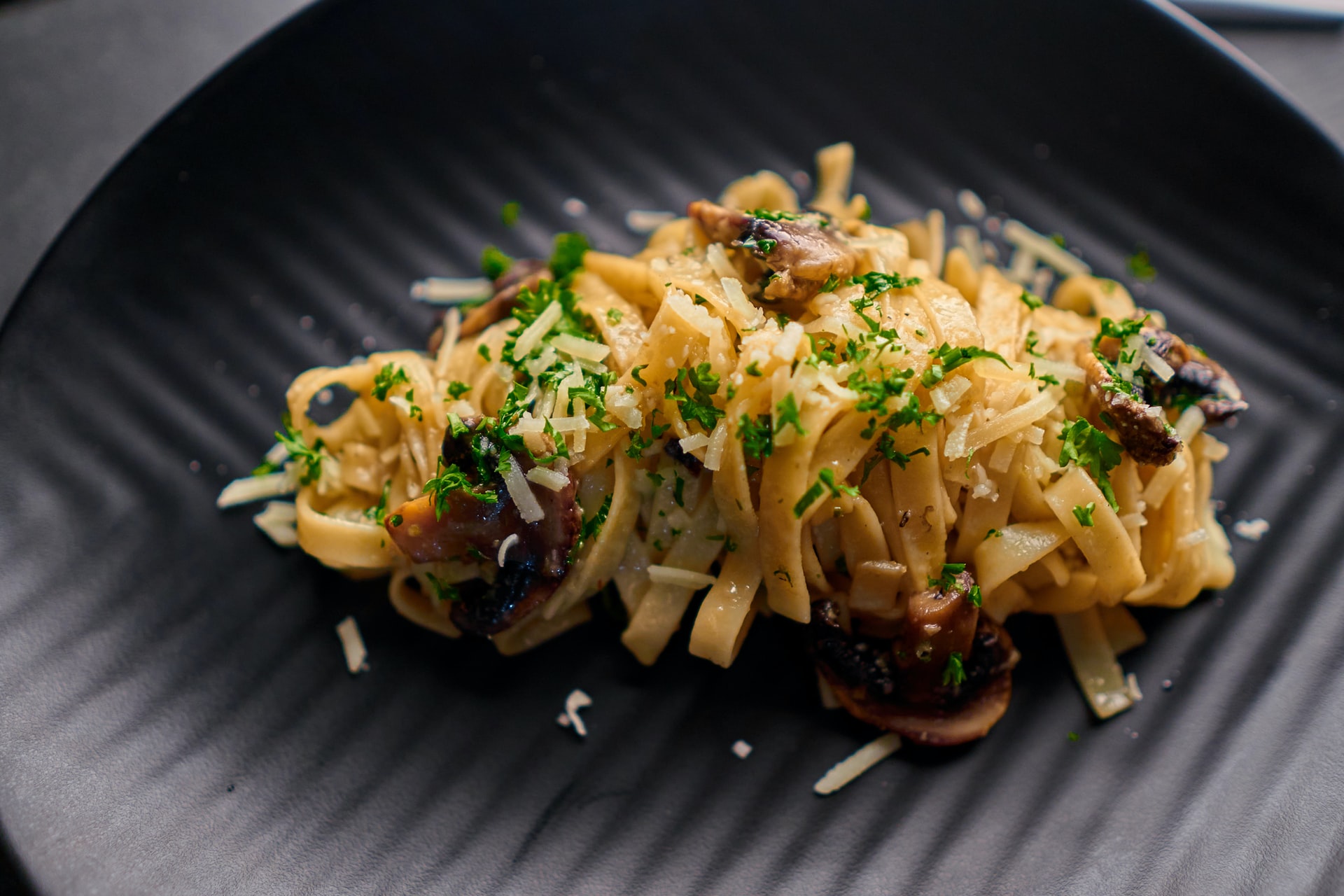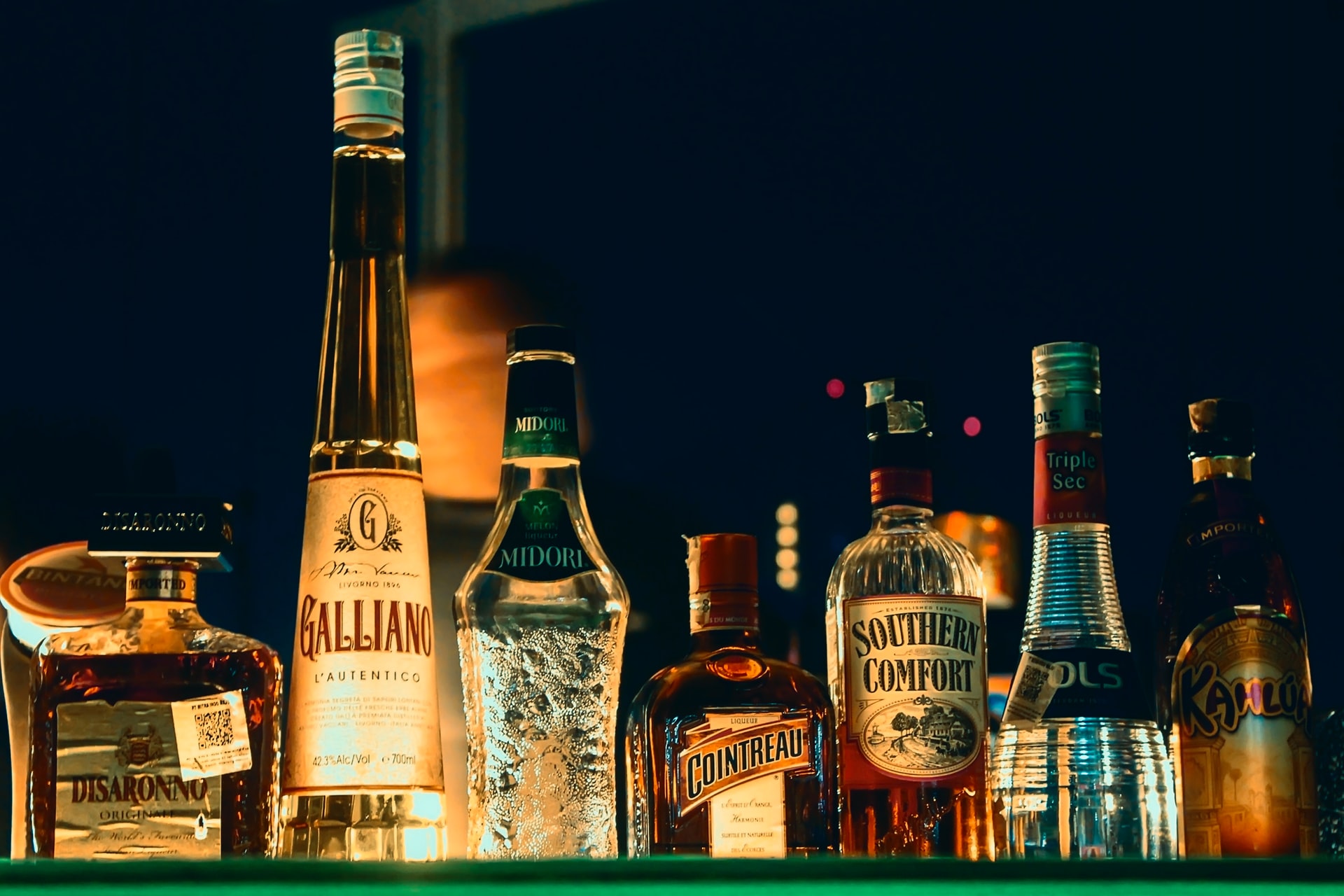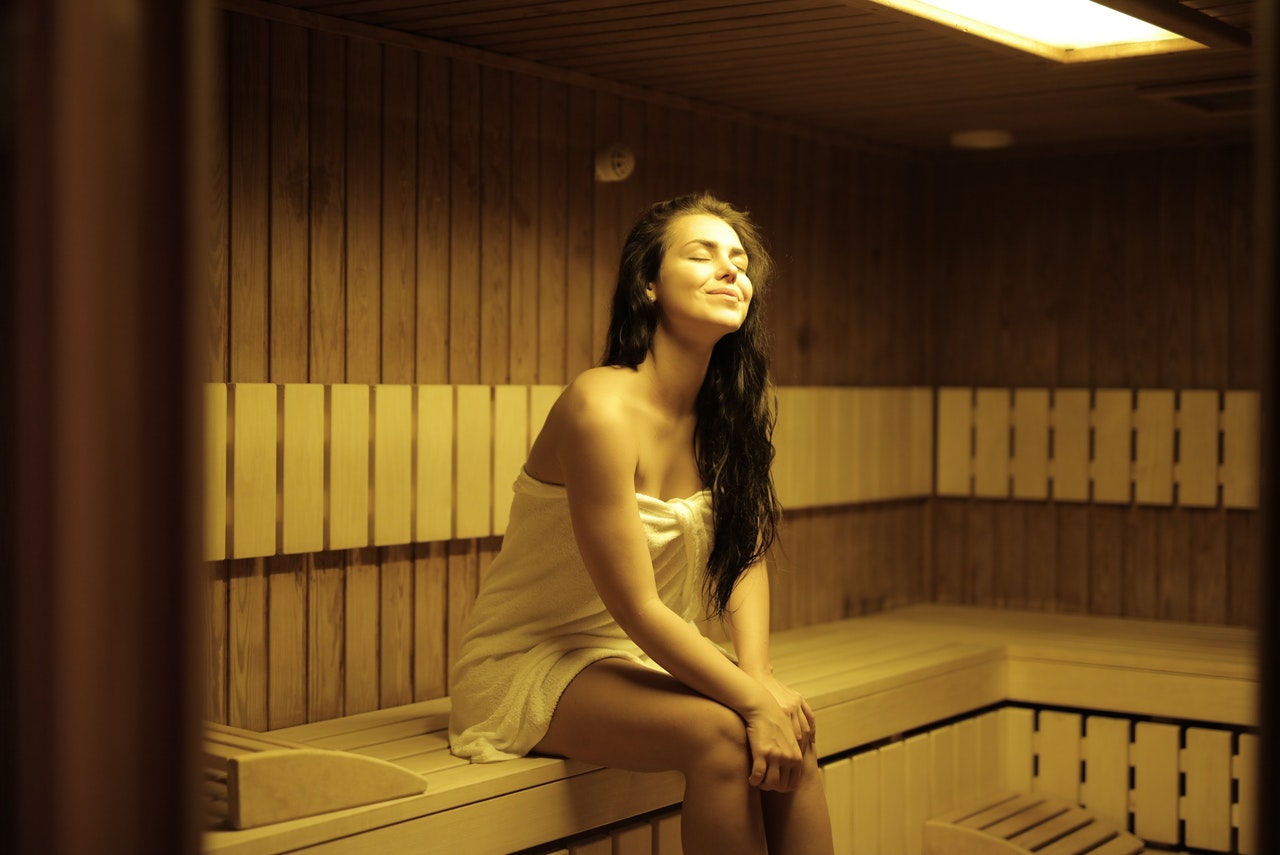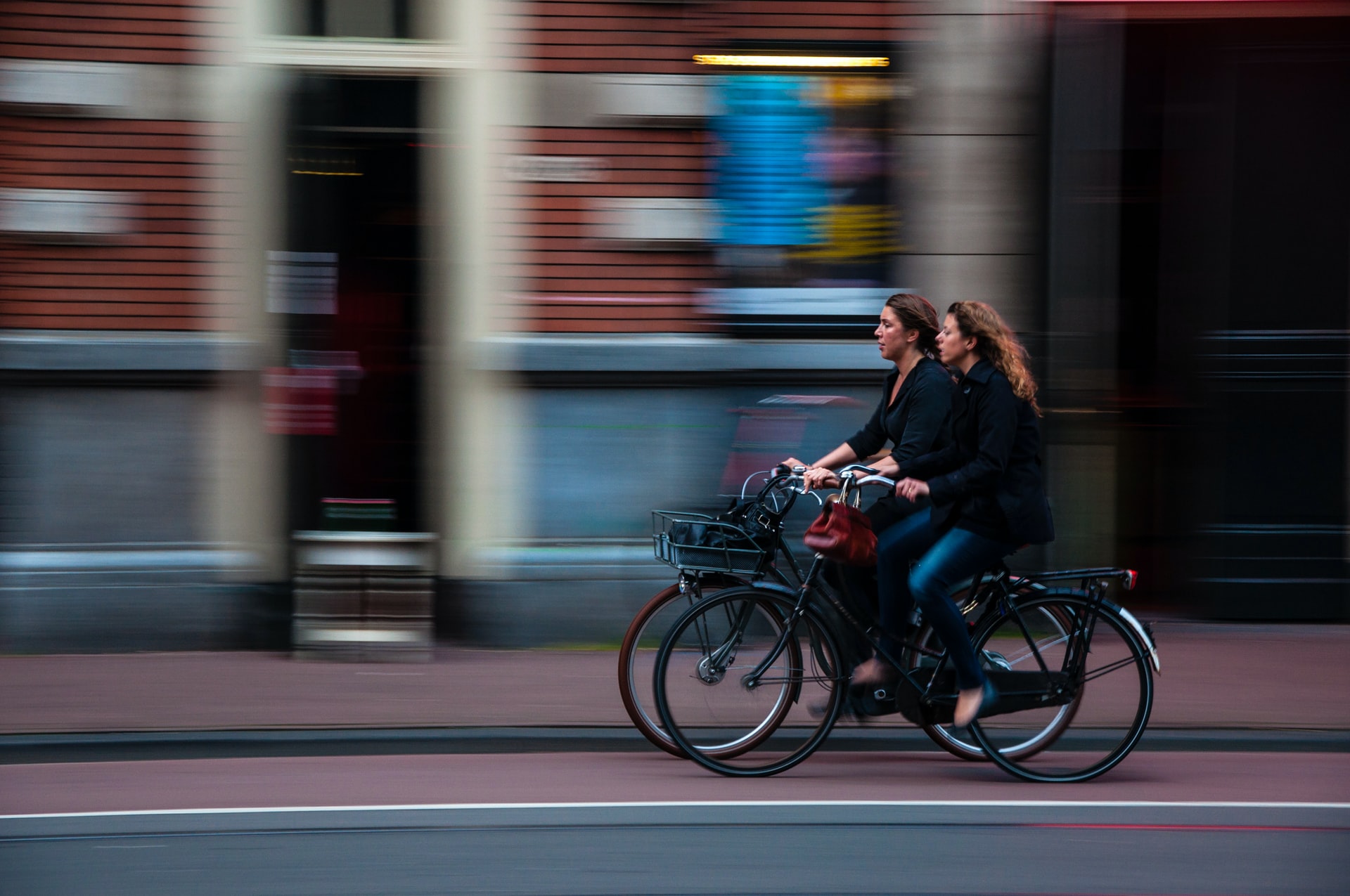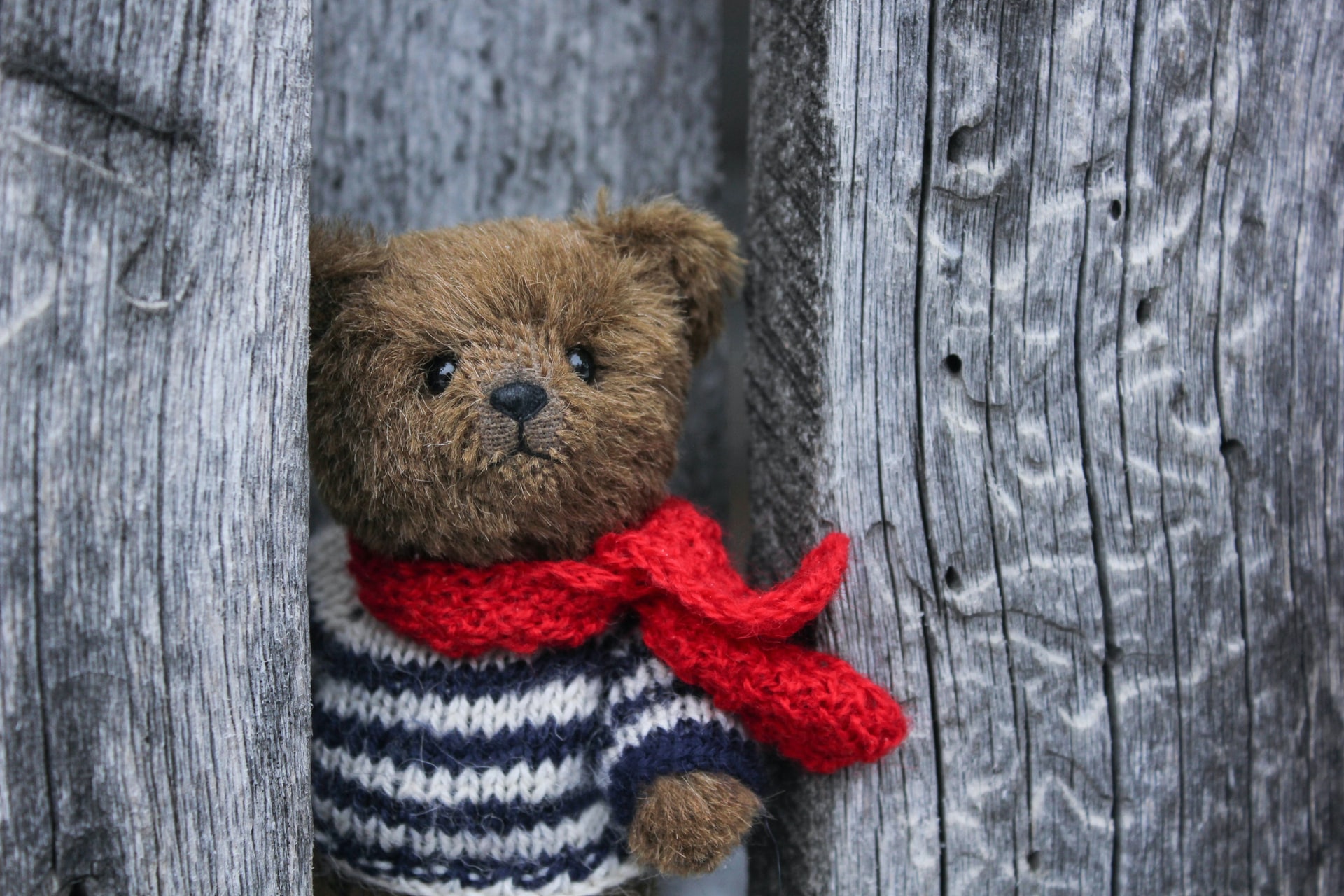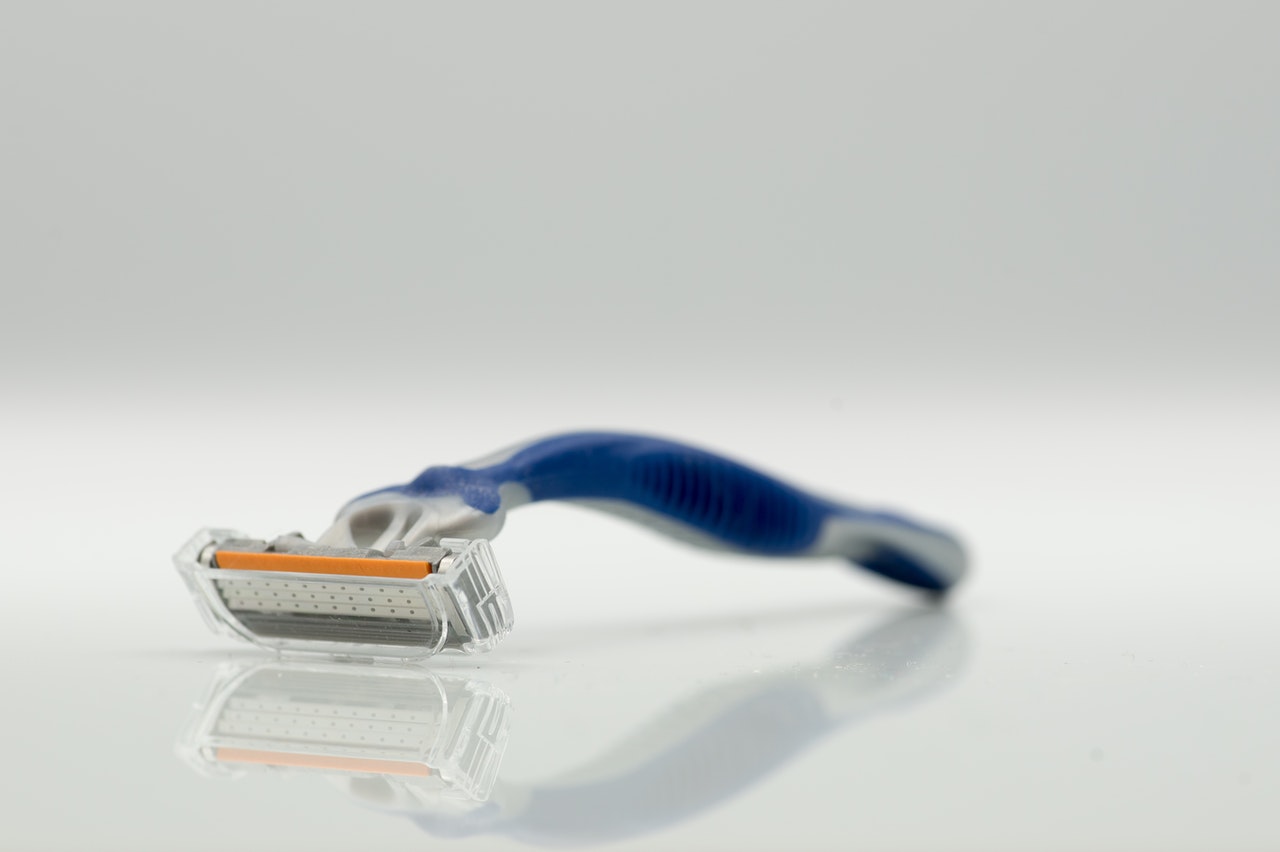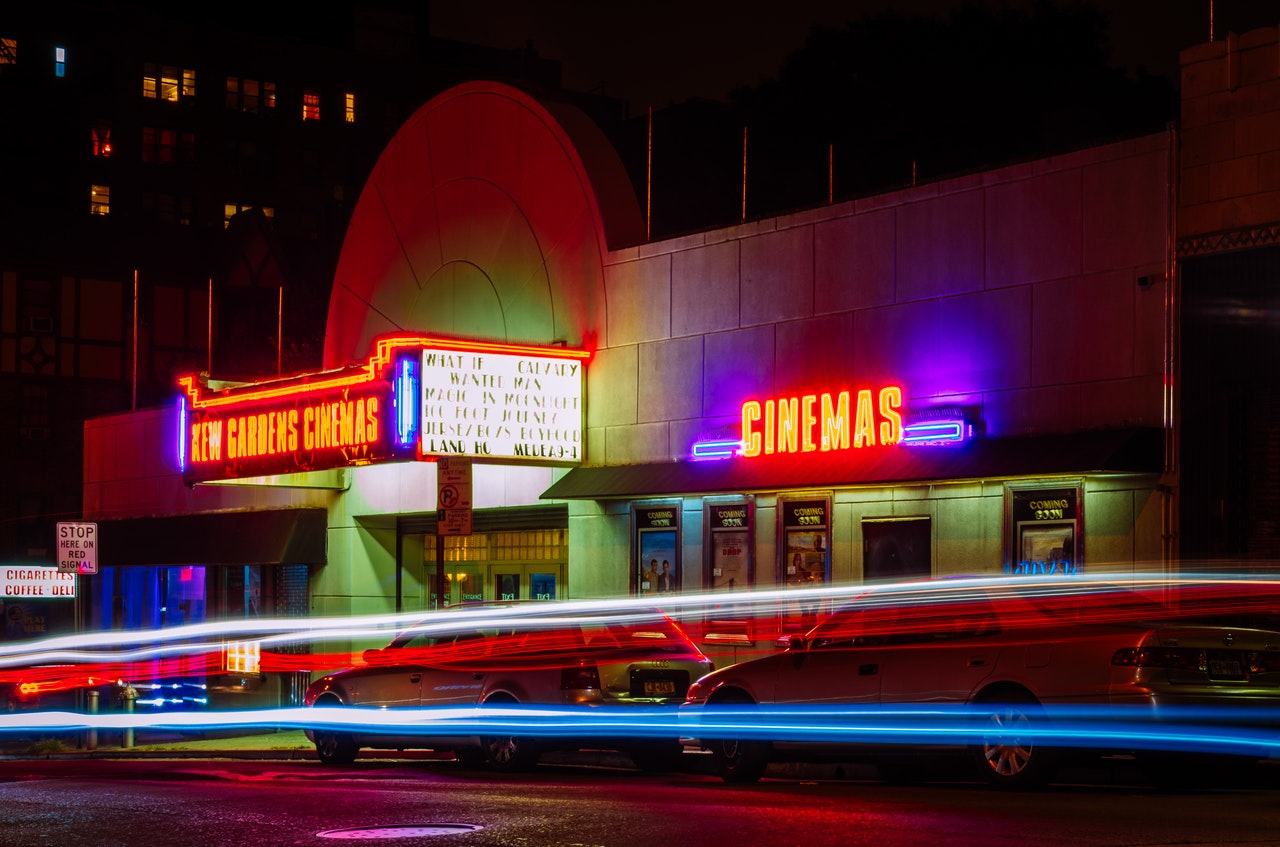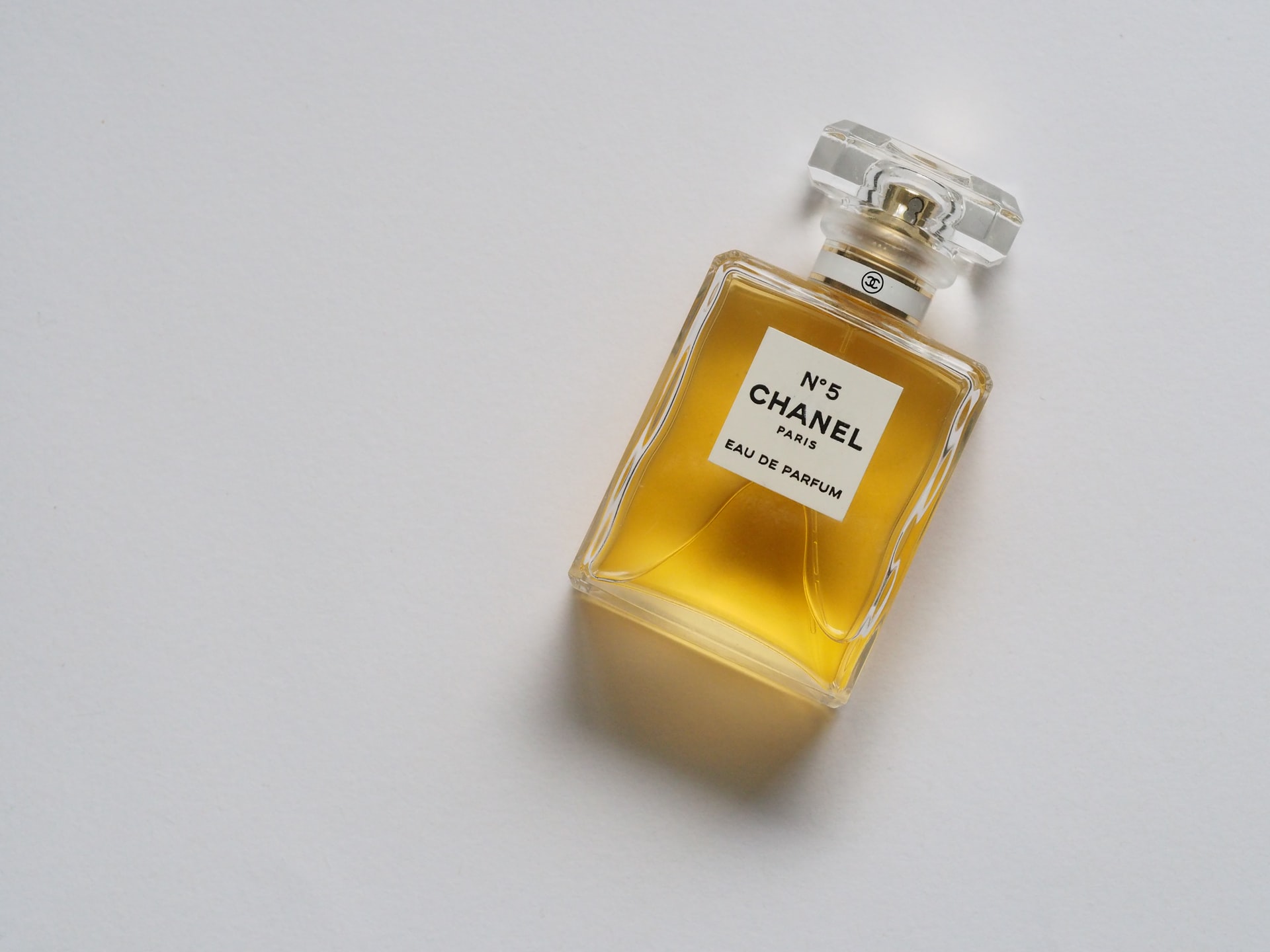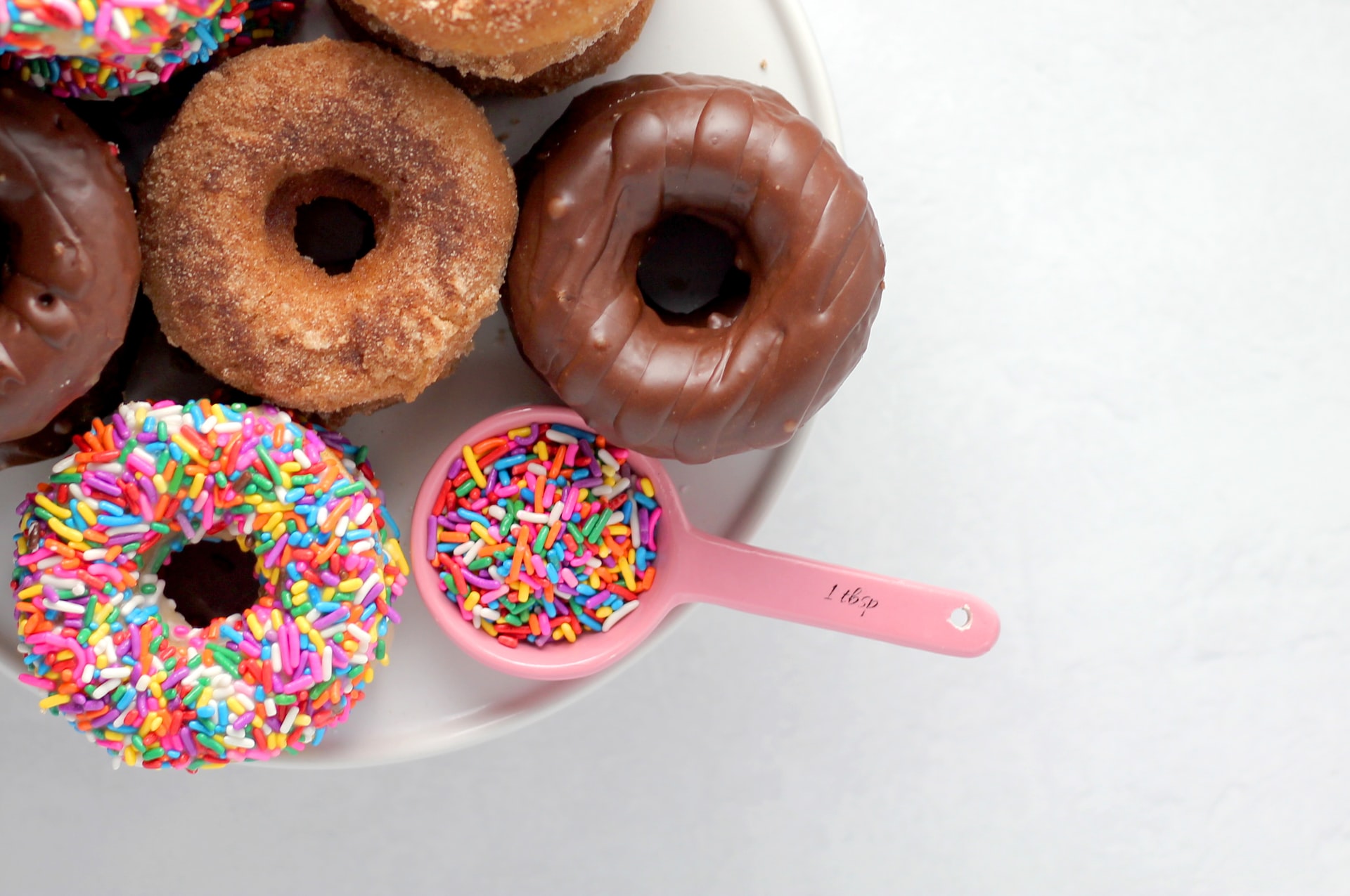Reading Time: < 1 minutes
-
- In 1927, Time Magazine surveyed department stores to understand which colours these department stores associated with women in their clothing lines.
- The results were quite mixed; some said blue, and some said pink.
- The debate continued with nothing conclusive.
- In 1939, WWII broke out, and there was a shortage of workforce.
- Women joined the workforce producing war supplies, sometimes replacing men who had joined the military.
- In factories, most women wore ordinarily styled blues.
- The post-war era was a period of prosperity; everyone wanted to enjoy the comfort of their homes, and the keenness for a relaxed domestic life increased.
- In 1953, Dwight Eisenhower – the General who had played a key role in winning WWII for the US – became the US President.
- His wife, Mamie Eisenhower (First Lady), loved pink and was known for it; she decorated The White House with so much pink that the press started calling it the pink palace.
- A lot of headlines in the press at that time mentioned the colour pink with her name.
- She was the epitome of feminism at that time and explicitly mentioned her husband being her career.
- Women, having seen too much of factories, took to this idea of feminism readily, and to be ladylike became being like Mamie Eisenhower, and therefore, being fond of pink.
- Then some movies also showed glamorous women wearing pink (e.g., Marilyn Monroe in Gentlemen prefer blondes).
- And pink caught on as the colour for girls.
Image courtesy of Photo by Ahmed Satti from Pexels
Reference shelf :
Share this:
-
Pingback: Why are pockets in women’s jeans smaller than those in men’s jeans? - 2dPoint


